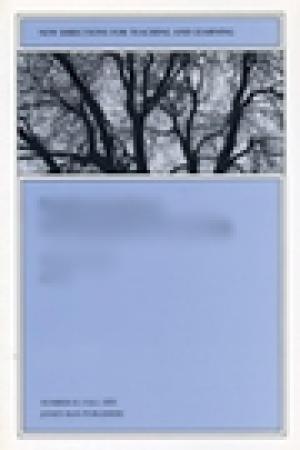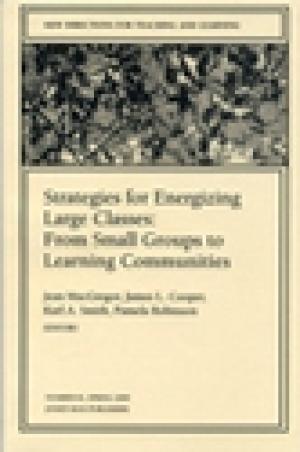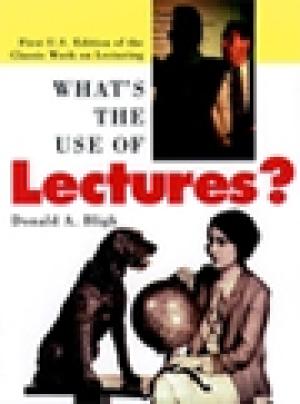Resources

Until now, though seasoned practitioners know of the problems and have implemented solutions, a practical compendium of advice on teaching and learning in large classes has not appeared in the literature. This volume is an attempt to remedy that omission. It is intended to provide faculty who are teaching a large course for the first time practical advice that will ease the transition from small to large classes. It is the sort of volume every department head should hand out along with teaching assignments for large sections and pass on to colleagues who labor hard and conscientiously in these difficult instructional situations. (From the Publisher)

The large introductory lecture classes common on most campuses pose a particular challenge to instructors who want to encourage the active student involvement that is a vital part of the learning process. (From the Publisher)

In this first American edition of a best-selling classic, Donald Bligh draws from decades of research and hands-on experience to help college and university teachers develop and use lectures effectively. What's the Use of Lectures? is an indispensable guide for anyone who aspires to be a skilled lecturer and teacher. It examines the nature of teaching and learning in a classroom lecture--describing how students learn, how much knowledge they retain, and how to enhance their attention and motivation. Bligh builds on this information to share strategies forcreating organized, thoughtful, and effective lectures. Topics include taking notes, using handouts, practicing different formats and styles, obtaining feedback, overcoming difficulties, evaluating the lecture, and testing alternative methods when lecturing is not adequate. Also included are tables and diagrams to illustrate different approaches to lecturing. (From the Publisher)
Makes suggestions regarding questioning techniques that are appropriate for lecture classes as well as for discussion groups. Idea Paper no. 31, from the series developed by the Center for faculty Evaluation and development, Kansas State University.
Sooner or later, almost every university teacher confronts having to teach a course with 200 students in it, or suddenly finds 60 enrolled in a course so carefully designed for 20. For that teacher, we here present Maryellen Gleason's all-too-necessary "survival kit," a set of ideas and resources that recognizes the special challenges of the large class and that can enhance it as an environment for student learning.
This paper argues that instructors can enhance the effectiveness of oral instruction through attention to both the verbal and nonverbal aspects of their teaching. After defining and offering 2 means of achieving effective speaking, the paper discusses how lecturers should analyze their delivery, and makes 32 recommendations for improving delivery, focusing on vocal problems, positive vocal strategies, use of body, and positive body delivery characteristics. Finally, the paper offers suggestions for putting the 32 recommendations into practice, specifically discussing identification of problems, delivery style, mental focus, and preparation. Fourteen references are attached.
Presents some maxims and an exhortation on leading discussion in a lecture course. Loneliness of lecturing; Discussion can feel light-weight and loose jointed; Different formats; Using discussion to break up lectures; Many excellent lecturers fear discussion; No real discussion occurs without some level of conflict or difference of ideas; Lecturers making the transition into discussion-leaders; Details.
The challenge is to reconcile the recommendations of the experts for involved learning with the reality of passivity that plagues large classes.